I have a set of images, all of which look almost like this leaf here:
I want to extract the leaf from the background, for which I used the GrabCut algorithm as used here.
As a different approach, I also used thresholding based on ratios of r, g and b values as here:
import numpy as np
import cv2
import matplotlib.pyplot as plt
testImg = cv2.imread('path_to_the_image')
testImg = cv2.resize(testImg, (256, 256))
#bgImg = cv2.imread('')
#blurBg = cv2.GaussianBlur(bgImg, (5, 5), 0)
#blurBg = cv2.resize(blurBg, (256, 256))
#testImg = cv2.GaussianBlur(testImg, (5, 5), 0)
cv2.imshow('testImg', testImg)
#plt.imshow(bgImg)
cv2.waitKey(0)
#plt.show()
modiImg = testImg.copy()
ht, wd = modiImg.shape[:2]
print(modiImg[0][0][0])
for i in range(ht):
for j in range(wd):
r = modiImg[i][j][0]
g = modiImg[i][j][1]
b = modiImg[i][j][2]
r1 = r/g
r2 = g/b
r3 = r/b
r4 = round((r1+r2+r3)/3, 1)
if g > r and g > b:
modiImg[i][j] = [255, 255, 255]
elif r4 >= 1.2:
modiImg[i][j] = [255, 255, 255]
else:
modiImg[i][j] = [0, 0, 0]
# if r4 <= 1.1:
# modiImg[i][j] = [0, 0, 0]
# elif g > r and g > b:
# modiImg[i][j] = [255, 255, 255]
# else:
# modiImg[i][j] = [255, 255, 255]
# elif r4 >= 1.2:
# modiImg[i][j] = [255, 255, 255]
# else:
# modiImg[i][j] = [0, 0, 0]
plt.imshow(modiImg)
plt.show()
testImg = testImg.astype(float)
alpha = modiImg.astype(float) / 255
testImg = cv2.multiply(alpha, testImg)
cv2.imshow('final', testImg/255)
cv2.waitKey(0)
But the dark spots on the leaf always go missing in the extracted leaf image as shown here:
Is there any other method to separate the leaf from its background, given that there is only one leaf per image, and the background is almost the same for other images that I have and also the leaves are positioned almost similarly as in here.



